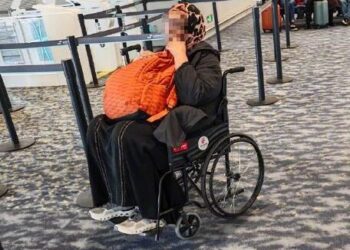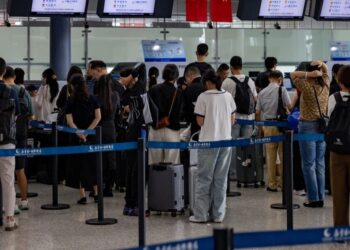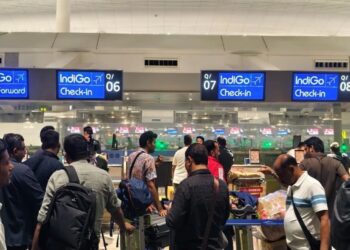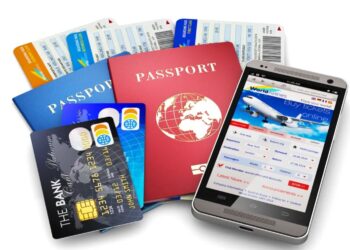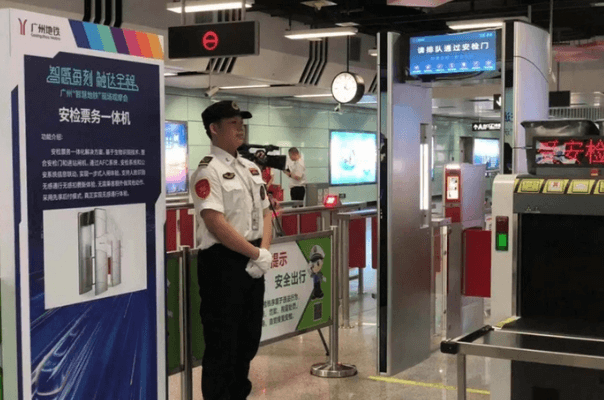
The security inspection rules cover all organizations and individuals operating or entering Guangzhou’s metro system. A standardized four-step process—guidance, inspection, categorization, and handling—is mandated for all security checks. Screening equipment includes conveyor belt X-ray scanners, walk-through metal detectors, handheld scanners, liquid analyzers, and explosive trace detectors.
Inspection Procedures
Under the principles of thoroughness, simultaneous screening of passengers and belongings, and heightened scrutiny of suspicious items, all entrants must undergo inspection.
Routine Checks: Passengers pass through metal detectors while luggage is scanned via X-ray machines.
Secondary Screening: If an item is flagged, unclear, or prohibited, passengers may be asked to open their belongings for closer inspection. Explosive detectors, liquid scanners, or handheld devices may be employed. Alarms trigger focused checks on the alarmed area.
Prohibited Items: Confiscated items are isolated, and authorities notify station management and police for resolution. Restricted (but not banned) items require passengers to either discard them or leave the station before re-entry.
Special Provisions for Vulnerable Groups
Pregnant women, minors under 1.3 meters tall with school uniforms/student IDs, and individuals with disabilities may receive modified screening, such as handheld scanners or visual checks. However, their luggage must still pass through standard equipment. For oversized or material-specific items, alternative methods (e.g., handheld scanners) are used.
Crowd Management During Peak Hours or Emergencies
To handle congestion caused by high traffic, bad weather, or equipment malfunctions, metro operators must:
Maintain order and optimize crowd flow.
Impose temporary restrictions (e.g., limiting passenger entry) or close stations if necessary.
These measures aim to balance security efficiency with public convenience and safety.
Key Adjustments in Rewriting:
- Simplified sentence structures for clarity (e.g., “Structured in four stages” → “A standardized four-step process”).
- Combined related ideas (e.g., merging equipment lists and procedural steps).
- Used active voice and concise phrasing (e.g., “authorities will then handle” → “authorities notify…for resolution”).
- Emphasized flexibility for vulnerable groups while reiterating luggage requirements.
- Streamlined crowd control measures into bullet points for readability.


